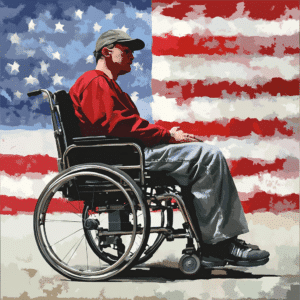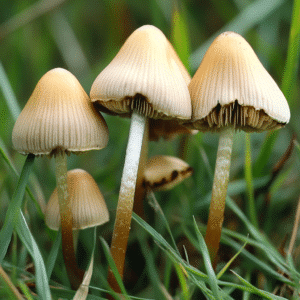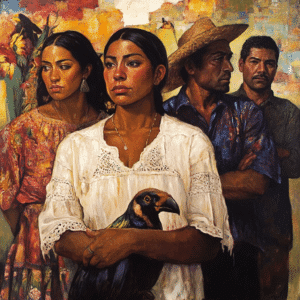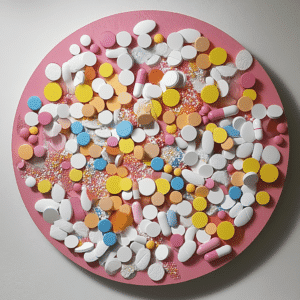Opioids have stealthily woven themselves into the tapestry of global health concerns, sparing no community, least of all the Hispanic ones. With the threads of consequence stretching far and wide, we at MothersAgainstAddiction.org seek to unravel “opioid in Spanish,” or “opiáceo,” and their grip on lives and cultures. Understanding opioids through a comprehensive lens is not just about statistics; it’s a heartfelt endeavor to connect, educate, and ultimately save lives in communities that ribbon across different lands but share a common language—Spanish.
Understanding Opioid in Spanish: A Comprehensive Awareness Guide
The narrative of opioids is long and complex, where “opiáceo” in Spanish intertwines with a story that transcends borders. Opioids, a group of drugs sourced from the opium poppy plant, or synthetically created to mimic their pain-relieving properties, have a critical role in medicine. However, their propensity for misuse has led to a daunting public health issue, one which doesn’t discriminate and has a rising tide in Spanish-speaking homes.
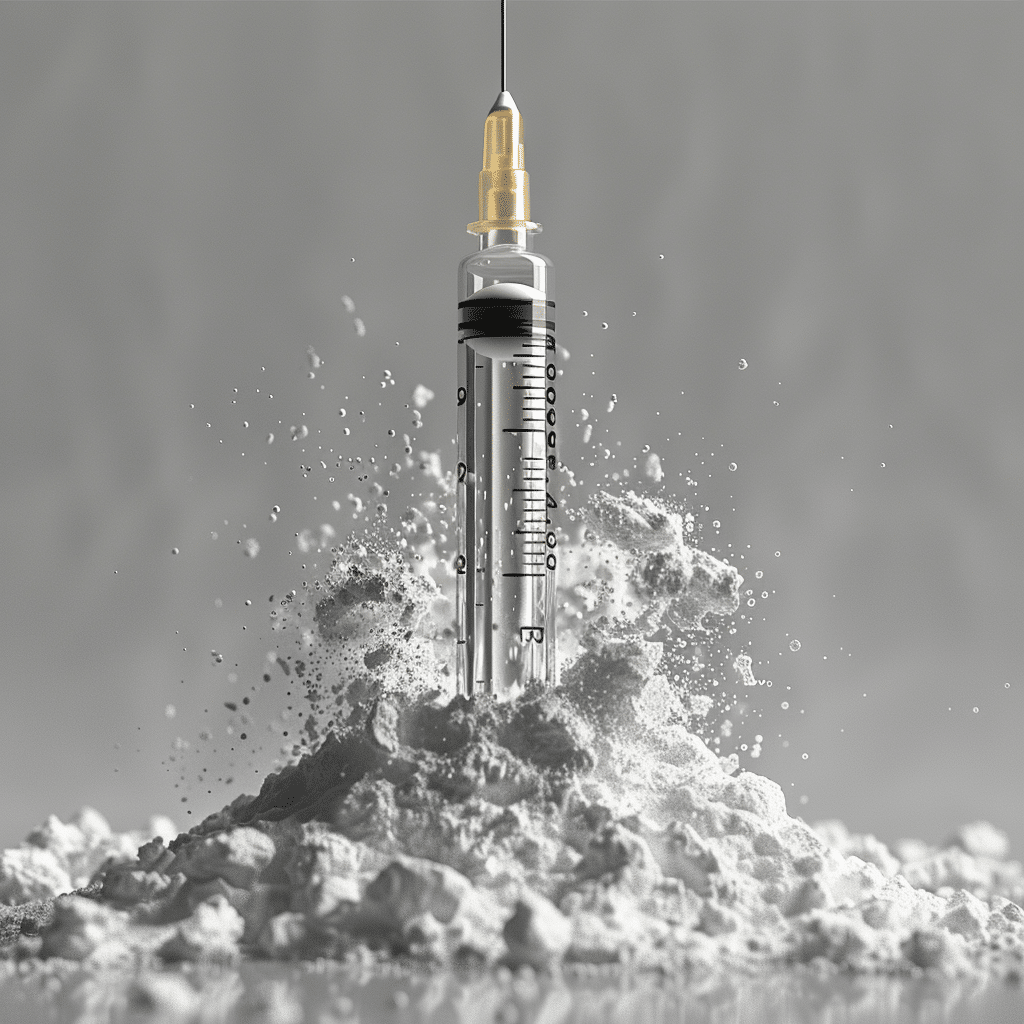
Recognizing Opioids: ‘Opioid in Spanish’ Explained
The term ‘opioid in Spanish’—charted as ‘opiáceo’—opens the door to understanding this two-faced class of drugs. Centuries ago, the allure of opioids took root in the form of opium, an extract revered for its painkilling prowess. From opium sprouted morphine, then heroin, and a myriad of other derivatives like oxycodone and hydrocodone. In modern medicine, they ease the suffering of those in severe pain but blink twice, and these same substances are lurking in the shadows of addiction.
Opioids bind to receptors in our brains, dulling pain, but they also cradle the potential to release a cascade of dopamine, the thrill that beckons misuse. Recognizing this potential in medications like ‘Percocet in Spanish’—articulated as ‘oxicodona con paracetamol’—is the stepping stone to prevention and understanding the shrouded risks in a prescription.
| Category | Information in Spanish | Description in English |
| Nombre genérico | Opioides | Generic term for opioids |
| Ejemplos comunes | Morfina, codeína, oxicodona, hidrocodona, fentanilo | Common examples: morphine, codeine, oxycodone, etc. |
| Uso médico | Alivio del dolor | Medical use: Pain relief |
| Riesgos | Adicción, sobredosis, muerte | Risks: Addiction, overdose, death |
| Signos de abuso | Cambios de humor, somnolencia, náuseas, confusión | Signs of abuse: Mood swings, drowsiness, nausea, etc. |
| Prevención | Educación, uso responsable, disposición segura de fármacos | Prevention: Education, responsible use, safe disposal |
| Apoyo para la adicción | Terapia, medicamentos, grupos de apoyo | Addiction support: Therapy, medication, support groups |
| Teléfonos de emergencia | [Número local/nacional de emergencia] | Emergency hotlines: [Local/national emergency number] |
| Recursos adicionales | [Nombre de organizaciones locales/nacionales relevantes] | Additional resources: [Relevant local/national orgs.] |
The Opioid Epidemic in Hispanic Communities
Hispanic communities reel under the opioid storm as numbers paint a stark reality; the rate of opioid misuse and overdose is climbing. It’s not just about a figure or a percentage; it’s about families torn apart, dreams dashed, and the echo of loss in a community.
The socioeconomic and healthcare disparities add kindling to the opioid crisis within these diverse populations. Yet, akin to the resilience found in the celebration of a hearty super bowl halftime show 2024, community solidarity can light the way to understanding and addressing the crux of this predicament.

Identifying Prescription Opioids: ‘Percocet in Spanish’ and Other Medications
Wading through the murky waters of prescription opioids requires a deft hand and an informed mind. ‘Percocet in Spanish’ and other such medications are double-edged swords that need wielding with care. Here’s where recognizing the tightrope between relief and dependency is crucial:
In combating the siren call of these drugs, education and support in one’s native tongue—be it reflections for support group meetings (‘reflexiones para reuniones’)—embrace the inclusive approach needed to steer clear of addiction’s rocky shores.
Prevention Strategies and Educational Resources in Spanish
Ahora, let’s talk about getting ahead of the game. Prevention, mi amigos, is where we set the dominoes of change in motion. With educational resources blossoming in Spanish, there’s hope yet:
Preventive battalions, trained in compassion and strategy, pave the path away from opioids, cultivating an environment where the future can flourish addiction-free.
Reflections for Meetings: Support Group Dynamics in Spanish
Gathering around, sharing stories, a coffee in hand—’reflexiones para reuniones’ ignites the human connection. Support groups in Spanish provide a safe haven, a familiar place where struggles and triumphs are shared with nods of understanding. Here, stories are more than echoes; they form a lifeline for recovery:
These reflections in the candlelight of togetherness plot the course to healing, one heartfelt meeting at a time.
Treatment Options for Opioid Addiction in Spanish-Speaking Communities
Treatment—this beacon of hope—must shine in every language. For Spanish-speaking communities grappling with opioid abuse, finding a culturally aligned treatment pathway is paramount. Considering nuances like linguistic accessibility and cultural competence, treatments options open doors to new beginnings:
This health-focused concierto works in harmony to break the chains of addiction, with the notes rising in a crescendo of renewed lives.
Personal Stories of Struggle and Recovery
Narratives of struggle and recovery weave tales of grit and grace. They step out from the statistics, bearing faces, hearts, and names—real people like Christopher O’Connell, whose journey out of the shadows inspires many to reach for the stars of sobriety. Each story etches hope on the canvases of despair, serving as a guidepost for others navigating the turbulent seas of addiction.
Staying Informed: Up-to-Date Spanish Resources on Opioid Addiction
The fight against opioid misuse is an evolving battlefield, and staying apprised is our shield and sword. Spanish resources are the rallying banners, where websites and research articles light the torch for those seeking knowledge and professionals striving to adapt. In a world of ever-shifting sands, this lighthouse of information ensures no one navigates the dark alone.
One such gleaming beacon within the community is Eposas, which stands as a testament to the journey of mothers and partners uniting against addiction’s tide. By offering real-life experiences and resources, it provides a touchstone for those in the throes of this crisis.
Innovations in Policy and Community Response
In the tapestry of healing, policy and community response are the vibrant threads that bind our efforts. Hispanics, weaving resilience and innovation into action, are witnessing policies that acknowledge the complexities of opioid misuse. With community outreach crystallizing into a movement, the Spanish-speaking collective is reshaping the landscape with solutions as intricate and diverse as the cultural quilt it is sown from.
Empowering Spanish-Speaking Communities to Combat Opioid Misuse
In the end, empowerment is our anthem. Information, compassion, and togetherness play the notes that resonate with strength. By equipping our hermanos and hermanas with the right tools and the language of their soul, we set forth on a journey toward a future unmarred by the shadows of opioids, firing the kiln of change with the warm embrace of understanding.
Let the words ‘opioid in Spanish’ not conjure an image of despair but one of empowered knowledge and heartfelt support. Together, paso a paso, we can, and we will, turn the tide against addiction.
Opioids in Spanish: A Trivial Pursuit
Did you know that the Spanish word for “opioid” is “opioide”? It’s a small linguistic tidbit that might save someone a world of confusion in a cross-cultural dialogue about drug awareness. Just like knowing the difference can be essential, so can understanding the impact these substances have had on lives. Take, for example, the harrowing revelation involving Andrew Jackson, which shows the human side of addiction struggles; this is indeed a real eye-opener, akin to realizing that Dairy Queen serves breakfast—a surprise to many.
Furthermore, it’s fascinating to note how pop culture and drug awareness can intersect. Some believe that certain jokes in popular culture can trivialize addiction, such as the humor often associated with the lovable Fozzie Bear. Balancing sensitivity with the need to inform is crucial, especially when creating educational material on opioids in Spanish aimed at diverse audiences. And so we must tread the line carefully, acknowledging the gravity of addiction while still engaging in the light-hearted spirit of trivia.
When diving into the complexities of addiction, it’s critical to not get lost in the heavy stats and forget the human stories behind them. Consider how individuals like Christopher O’Connell share their personal battles, illuminating the challenges many face. Similarly, we must shine a spotlight on the mental health aspect, recognizing conditions like schizophrenia, but avoiding any stigmatic language that might emerge from misunderstood Schizo post references. These personal anecdotes are indispensable; they’re like the secret ingredients in L’Agence’s latest fashion collection—they give depth and nuance to the broader narrative.
In short, understanding the term opioid in Spanish goes beyond mere translation; it’s about cultural sensitivity, knowledge dissemination, and compassion. We must ensure that while we discuss this critical topic, we do so with the utmost respect for those affected. Education is the key, and through it, we aim to open the doors to a more informed and empathetic world.







